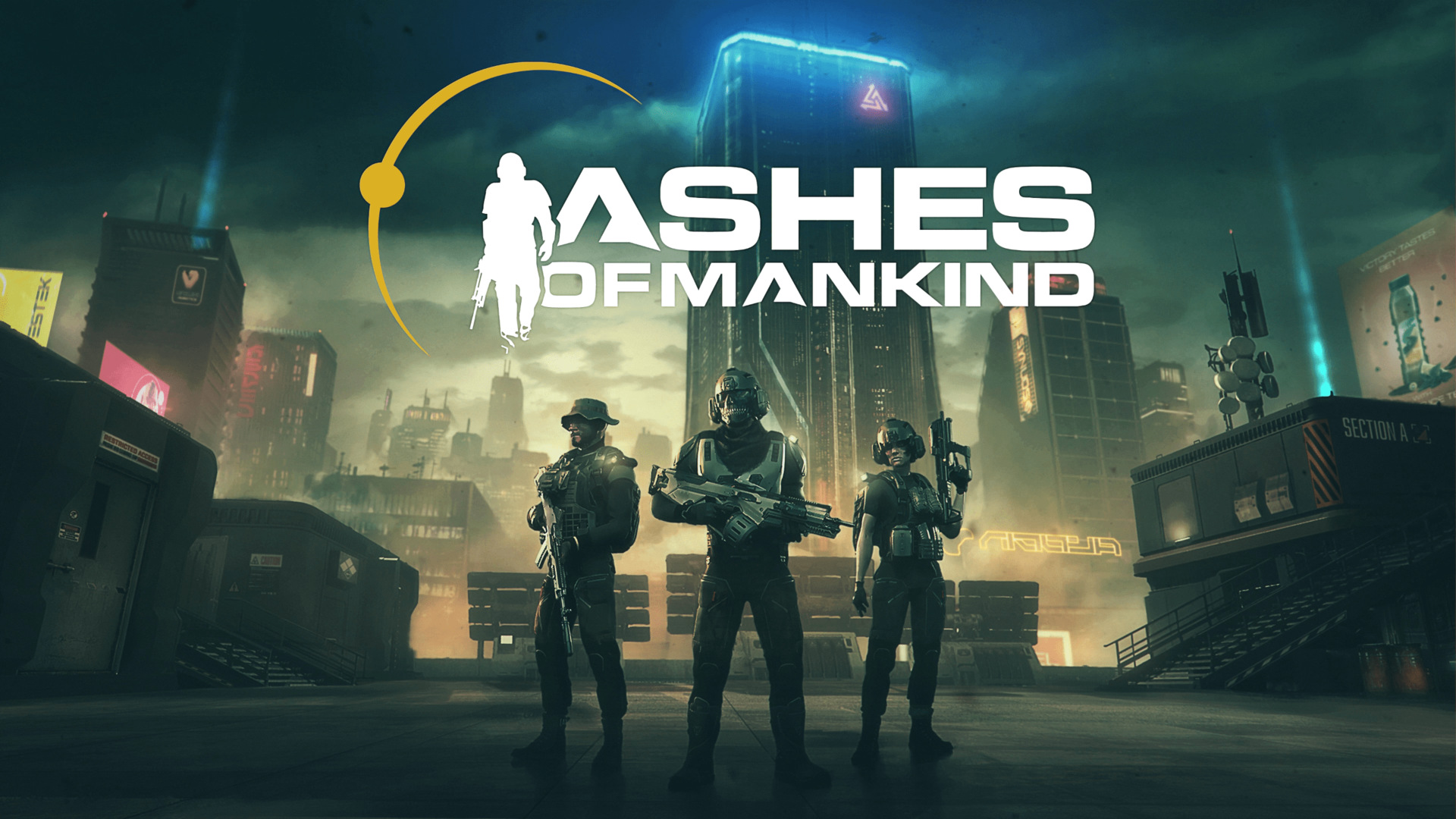This article is brought to you by @NWD_Blockchains.
The world of Web3 gaming has generated high expectations, but so far, most titles have failed to satisfy both traditional gamers and investors. Why? Current games don’t fully leverage blockchain technology and often fall into the trap of "Ponzinomics"—unstable economic models where speculation takes precedence over sustainability. Moreover, the digital assets integrated into these games have little impact on gameplay and could easily be replaced by traditional database systems. Finally, a clunky user experience drives away players who are used to seamless, fluid gameplay.
This is where Ashes of Mankind, the latest project from Black Ice Studios, stands out as a world first: a Web3 game where blockchain is not just integrated but serves as the driving force behind the game design. This is not merely a blockchain game—it is the first true Web3 game in history.
The Limitations of Current Web3 Games
Before understanding how Ashes of Mankind revolutionizes the genre, let’s explore the key issues holding back today’s Web3 games:
- Under-utilization of blockchain: Most Web3 games simply use blockchain to manage asset ownership without any real impact on gameplay. Blockchain is treated as a mere technical tool rather than a driving force for the player experience.
- Unsustainable tokenomics: Many projects fall into the Ponzinomics trap, where tokens are created for speculation but lack real utility. This leads to unstable economic ecosystems that struggle to last.
- Digital assets without gameplay impact: In many games, digital assets like NFTs or skins are just additional collectibles without deeply influencing the gameplay or player experience.
- Digital assets replaceable by traditional databases: Asset management systems could easily be handled by traditional databases, raising the question of whether blockchain is adding any real value.
- Poor user experience: The need to create wallets, manage private keys, and pay transaction fees is a major obstacle for traditional gamers who want a simple and smooth experience.
Ashes of Mankind: A Blockchain Integration Revolution
Where others fail, Ashes of Mankind excels. Developed on the Ultra blockchain infrastructure, this game combines two fully integrated experiences: Citadel, a first-person shooter, and Empires, a strategy-based simulation focused on economy building. In this ecosystem, every action taken by a player in one game has a direct impact on the other.
The key innovation lies in its player-driven economy. In Ashes of Mankind, every digital asset—whether it's a weapon, land, or cosmetic item—is crafted, owned, and traded by the players themselves. This model delivers true ownership of in-game items, a concept at the heart of Web3 but rarely executed well in games up to now.
A Sustainable Economic Model
What truly sets Ashes of Mankind apart from other Web3 projects is its robust economic structure. Unlike Ponzinomics, where players buy tokens with the hope of selling them at higher prices, Ashes of Mankind’s tokenomics are designed to create real, lasting value within the game economy. The $ASH token, for example, is used for much more than speculation. Players can use it to acquire land, craft items, and even participate in game governance.
Additionally, the intelligent distribution of tokens within the ecosystem ensures that value is redistributed to active players and those who contribute to creating items and building the economy. This encourages active participation rather than passive token accumulation.
A User Experience Optimized for Mass Adoption
Another major challenge for Web3 games is making the user experience as smooth as possible. Thanks to Ultra’s technology, Ashes of Mankind has made tremendous strides in simplifying the onboarding process. Players don’t need to manage complex wallets or pay high transaction fees. Everything is designed to provide an experience as seamless as that of a traditional game.
This level of accessibility is crucial for attracting not only blockchain enthusiasts but also traditional gamers, who are often deterred by the complexity of current Web3 games.
The Impact of Digital Assets on Gameplay
One of the key elements that makes Ashes of Mankind a pioneer is the real impact of NFTs on gameplay. Unlike many Web3 games where NFTs are mere collectibles, in Ashes of Mankind, players can use their NFTs to directly enhance their gaming experience. This includes customizable weapons, armor, land, and much more. These items aren’t just decorative; they have real strategic value in the game.
Conclusion: A Model for the Future of Web3 Games
In summary, Ashes of Mankind is much more than just a blockchain game. It’s a true revolution in the world of Web3 gaming. By seamlessly integrating blockchain into its game design, creating a sustainable player-driven economy, and offering a fluid user experience, it positions itself as the first true Web3 game in history.
For investors, Ashes of Mankind presents a rare opportunity to participate in a growing economy where value is generated by the players themselves and where each asset has real utility. For gamers, it offers the chance to explore a new kind of universe where strategy, action, and creativity merge in a deeply immersive experience.
Whether you’re a player or an investor, the future of Web3 gaming begins here, in the Ashes of Humanity.
For more information on Ashes of Mankind’s on-chain game economy, be sure to check out their Whitepaper.



